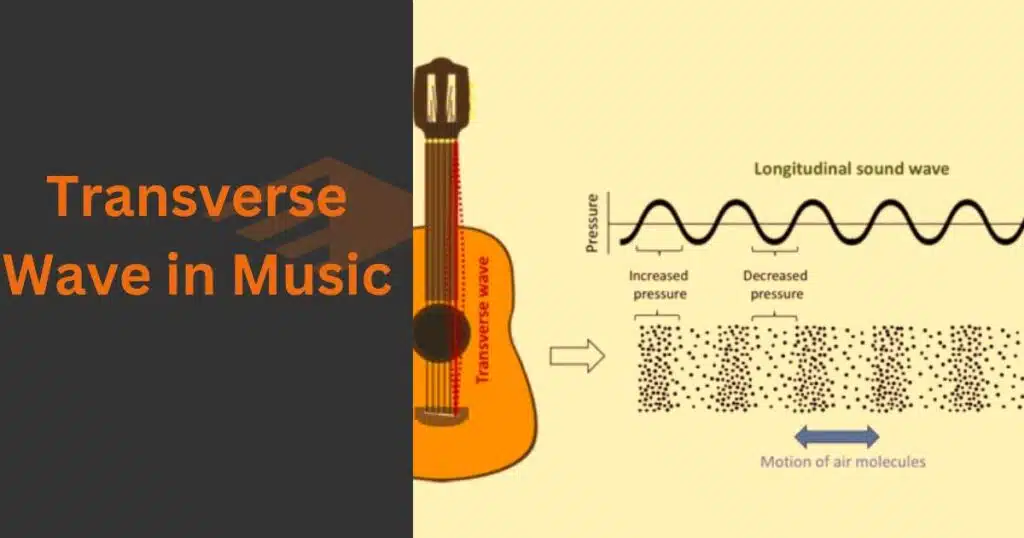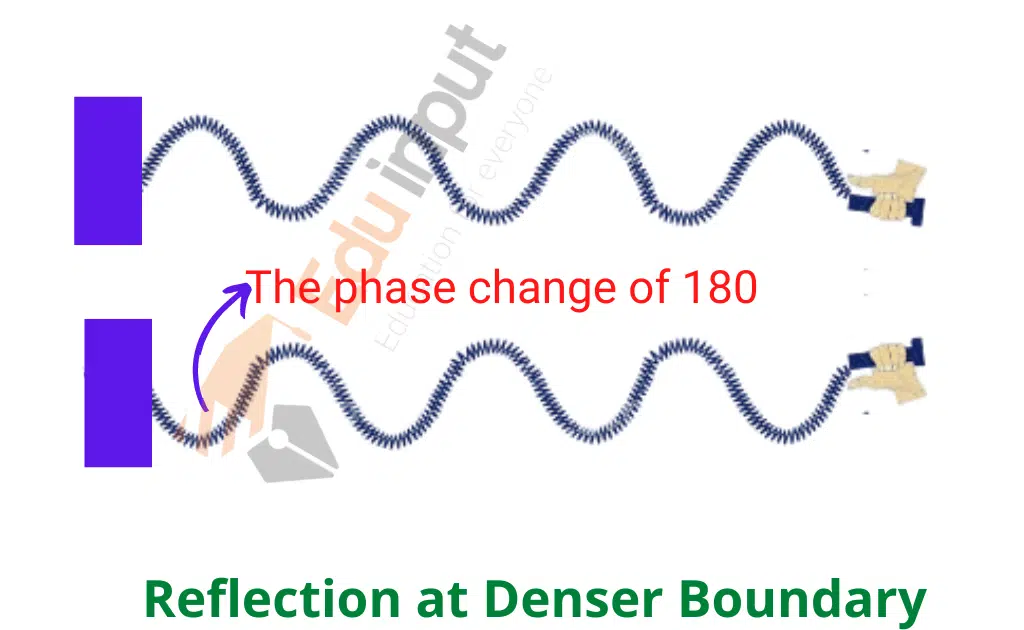Transverse Waves in Music-Exploring Pitch, Timbre, and Harmonics
What are transverse waves?
Transverse waves are waves in which the oscillations of the medium occur perpendicular to the direction of wave propagation. These waves exhibit a characteristic up-and-down or side-to-side motion, similar to the ripples on the surface of a pond when a stone is dropped.
Transverse waves are although not directly responsible for the production of sound in music but play a significant role in various aspects of the musical landscape.
The Nature of Sound Waves
Sound waves are longitudinal waves. It means the oscillations of the medium occur parallel to the direction of wave propagation. Unlike transverse waves, which move through solids and fluids, sound waves require a medium to travel, such as air, water, or solids.
When it comes to music, the perception of sound involves two fundamental aspects: pitch and timbre.
Pitch in Music
Pitch refers to the subjective perception of the frequency of a sound. In simpler terms, it determines whether a sound is high or low. The frequency of a sound wave corresponds to the number of oscillations per second, measured in hertz (Hz). Higher frequencies result in higher-pitched sounds, while lower frequencies produce lower pitches.
The human ear can perceive a wide range of frequencies, typically ranging from 20 Hz to 20,000 Hz. However, individual sensitivity to different frequencies may vary. Musical notes are assigned specific frequencies to create a standardized system, allowing musicians to communicate and reproduce desired pitches accurately.
Timbre in Music
Timbre is the characteristic quality of a sound that distinguishes it from other sounds of the same pitch and loudness. It is often described as the “color” or “tone” of a sound. While pitch is primarily determined by frequency, timbre is influenced by several factors, including the harmonic content, attack, decay, and envelope of a sound.
The combination of these elements gives each musical instrument or voice its unique timbre. For example, a piano and a guitar may play the same note at the same volume, but their timbres will differ due to variations in harmonic content and the nature of the sound production mechanism.
Harmonics in Music
Harmonics play a crucial role in shaping the overall sound of musical instruments. When a musical instrument produces a sound, it often generates additional frequencies known as harmonics or overtones. These harmonics are integer multiples of the fundamental frequency, which determines the perceived pitch.
The presence and prominence of harmonics contribute to the timbre of an instrument. They give each instrument its distinctive sound quality and character. For example, the rich and warm tone of a violin is largely due to the complex harmonic series produced when the strings vibrate.
Waveforms and Musical Instruments
Waveforms play a vital role in determining the sound produced by musical instruments. A waveform represents the shape of a sound wave as it varies over time. Different musical instruments produce specific waveforms, which are fundamental to their distinctive sounds.

Common types of waveforms include sine waves, square waves, triangle waves, and sawtooth waves. Each waveform has unique characteristics, influencing the timbre and tonality of the sound produced. For instance, a sine wave has a pure and smooth tone, while a square wave contains rich harmonics and a distinct timbre.
Read Other transverse wave Examples
The Role of Transverse Waves in Music Production
While sound waves in music are primarily longitudinal, the understanding of transverse waves is still crucial in various aspects of music production. Transverse waves are instrumental in the transmission of sound through different media such as air, water, or solid materials. They are vital for the functioning of musical devices and equipment such as speakers, headphones, and microphones.
Related FAQs
Is music a transverse or longitudinal wave?
Music is primarily transmitted through longitudinal waves
Why do we use transverse waves for sound?
Transverse waves are often used to represent waves for simplicity, as it is challenging to depict compression waves. In a transverse wave, the dense areas of the compression wave correspond to the peaks of the transverse wave, while the sparse areas align with the troughs.
Is a piano a transverse wave?
No, a piano does not produce transverse waves. The sound produced by a piano is primarily a result of longitudinal waves.






Leave a Reply